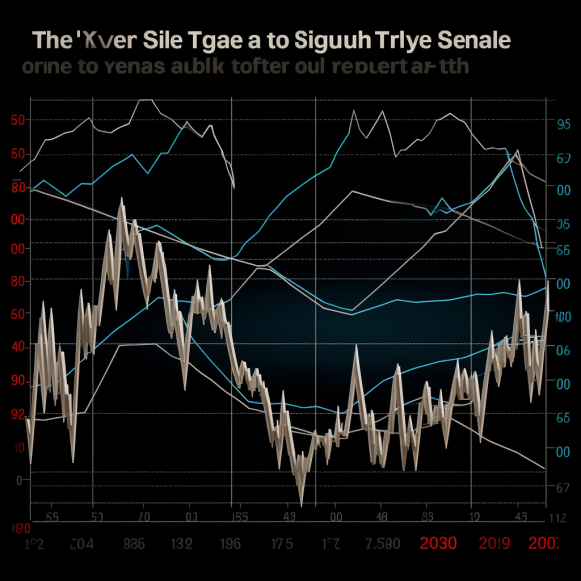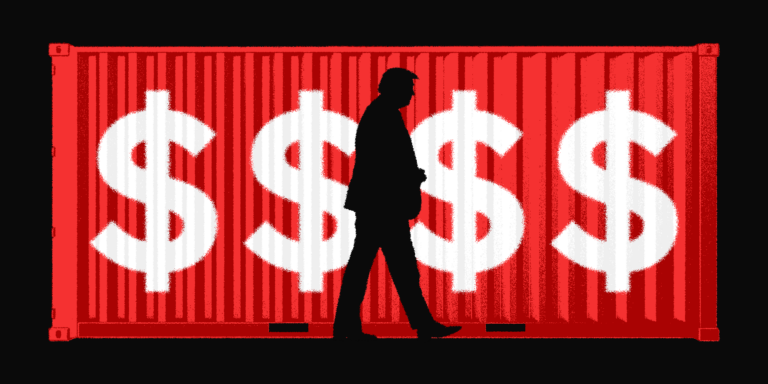Spiking Treasury yields are triggering pain in stocks. 3 experts discuss the renewed threat of bond vigilantes and what else could move markets.

- Spikes in bond yields could indicate that bond vigilantes who sell Treasuries are back.
- Higher yields erode the value of existing bonds and may spell more trouble for stocks.
- Eric Leve says investors can opt for shorter-term bonds if they’re worried about higher yields.
On October 23, the 10-year Treasury note yield surpassed 5%, a level not seen since 2007.
The 10-year note is closely watched as a benchmark for several borrowing costs, and it has risen as investors bet that the Federal Reserve will keep borrowing costs higher for a while longer. As the yield has risen, mortgage rates have risen, pushing the stock market further into correction territory. Investors are now tasked with determining where bond yields will go next and what will drive those yields.
According to Paul Ciana, a technical strategist at Bank of America, who writes that charts indicate the yield may be nearing a peak, we may not see much higher than 5%. In a note dated October 25, he stated that, while technical analysis indicates that there is no top pattern yet, 5.20% is a critical reversal point.
According to Gordon Johnson, founder of GLJ Research, the rapidly rising yields may be a sign of a deeper problem that could cause bond yields to break above resistance lines.
He says to ignore technical charts because they aren’t driving the bond market right now. Investors are paying attention to macroeconomic and geopolitical trends. And, according to Johnson, the recent rise in yields signals the return of bond vigilantes, a term coined by longtime economist Ed Yardeni to describe how some investors can sell bonds to protest certain government policies, causing yields to rise.
Johnson is not alone in his assessment. According to CNBC, other experts, including Yardeni and Kevin Zhao, the head of global sovereign and currency at UBS Asset Management, have recently stated that the so-called vigilantes are reappearing. Their current concerns include the impact of US fiscal policy on the country’s debt.
While Fed policy has an impact on the bond market, investors, according to Johnson, drive the yield. That means predicting where bond yields will settle will be extremely difficult.
“Bond investors could send the 10-year to 10% tomorrow if they wanted to.” “They could simply stop buying US debt,” Johnson explained.
As an example, he cited the British gilt’s exploding yields in 2022. Last year at this time, former Prime Minister Liz Truss’ tax-cut proposals threatened to raise inflation, sending bond investors fleeing and spiking the yield, leading to her government’s demise after only 44 days.
Bonds are unattractive when elevated inflation that is likely to remain sticky is combined with the increasing amount of debt the US is taking on, according to Johnson. Bridgewater founder Ray Dalio agreed with him earlier this month when he told audiences at the Greenwich Economic Forum that demand for US bonds was suffering because those who bought them were losing money. As a result, yields would need to rise in order to remain appealing.
According to Eric Leve, chief investment officer at asset management firm Bailard, Fitch downgraded the US credit rating in August. And there will be more uncertainty in the future: This year, the United States narrowly avoided a debt ceiling crisis. And, he added, every fall, a divided Congress fights over passing a new budget, which would be accompanied by older, lower-coupon debt rolling over into newer, higher-coupon debt.
A delicate balancing act
According to Michael Gayed, a portfolio manager at Tidal Financial Group, you can’t just look at charts or the impact of vigilantes; there’s a bigger picture.
He stated that the threat of vigilantes is only possible if it is safe to invest in equities. Fear in the stock market, however, may translate into greed in the bond market as investors seek safety.
Gayed manages three funds that invest in stocks and bonds based on leading indicators and volatility. He believes the stock market will continue to suffer. On Thursday, the Russell 2000 hit its year-to-date low, which he believes will drag down the rest of the market and cause a pullback. He went on to say that the banking sector is still suffering, as evidenced by continued losses in the SPDR S&P Bank ETF (KBE).
People do not flock to the magnificent seven stocks during a financial crisis. They rush to the Treasury.
Globally, US bonds continue to provide the highest real interest returns in comparison to other countries, according to Leve. This attracts foreign capital and serves as another impetus for bond yields to fall. With the 10-year yield near 5%, Leve believes bonds can provide returns comparable to equities if inflation is controlled. If yields fall, they can provide appreciation.
Leve believes that if investors want to balance the risk of higher yields, they should build a portfolio of bonds with relatively shorter maturities. Buying shorter-term bonds, on the other hand, means that if yields fall when these bonds mature, the new bonds will have lower yields.
However, Johnson claims that the age-old strategy of having to be in either equities or bonds no longer applies when interest rates are rising. In a rising yield environment, you don’t want to be in equities, but you also don’t want to be in bonds because the value of your bonds is declining, he said.
According to a BlackRock investment insight note, higher rates should lead to lower stocks as investors seek risk-free returns comparable to equities. However, this has not always been the case historically, or at least since 1995. A 50-basis-point increase in the 10-year yield has been linked to a 3.2% gain in the S&P 500 in the three months following, implying that higher rates and faster economic and earnings growth can coexist.
Although stocks can be resilient in the face of rising yields, Johnson believes that an investor’s best bet is to accumulate cash in CDs and money market funds.






